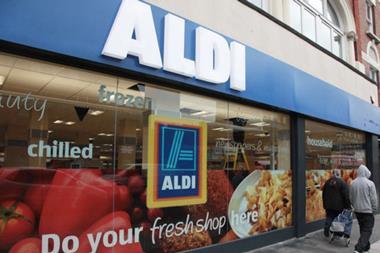Employment continues to plummet in the food industry, with a Christmas cull seeing the number of hours worked falling for the 14th consecutive month in December, the BRC-Bond Dickinson retail employment monitor has revealed.
These latest cuts to staff levels mean food retailers now employ 2.6% less staff per store than they did a year ago, despite the sector being the primary driver for retail store numbers increasing by 1.9% in the October- December period.
“These figures indicate the tough challenges facing the grocery sector and the structural changes it is having to make to adapt to changes in consumer habits and increased competition from discounters,” said Bond Dickinson head of retail employment Christina Tolvas-Vincent.
As a result, the retail labour market is now “increasingly polarised”, BRC-Bond Dickinson announced- with non-food retailers actually boosting staff levels in the same period and sales across the non-food sector outperforming the grocery sector throughout 2014.
Non-food retailers’ staffing levels saw an overall 0.9% year-on-year employment growth in December, bringing the average employment rate up to -0.6% for the October-December period. This shift “mirrors” the wider economy- which saw unemployment fall to 5.8%, the lowest for six years- said BRC director general Helen Dickinson.
In contrast, food retailers are “struggling to adapt to the pace of change”, with “business models that worked effectively just 5-10 years ago” now “no longer operating as efficiently,” BRC-Bond Dickinson said.
However, all retailers are now set to begin the post-Christmas staff cull- with 50% intending to decrease staff levels in the next three months- down slightly from 54% last year- the monitor found. Only 4% of retailers will increase staff levels, whilst 46% will maintain staff levels.









No comments yet